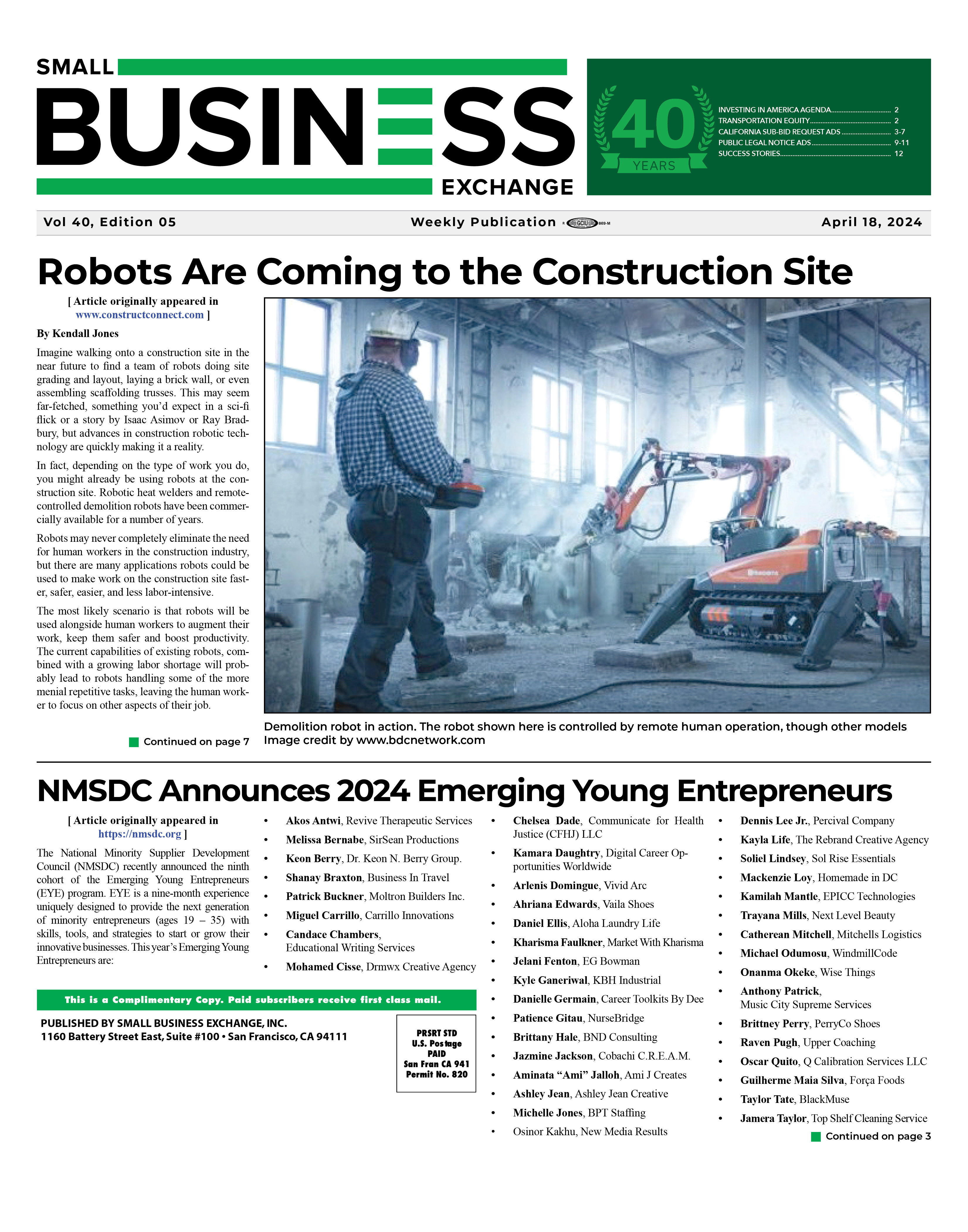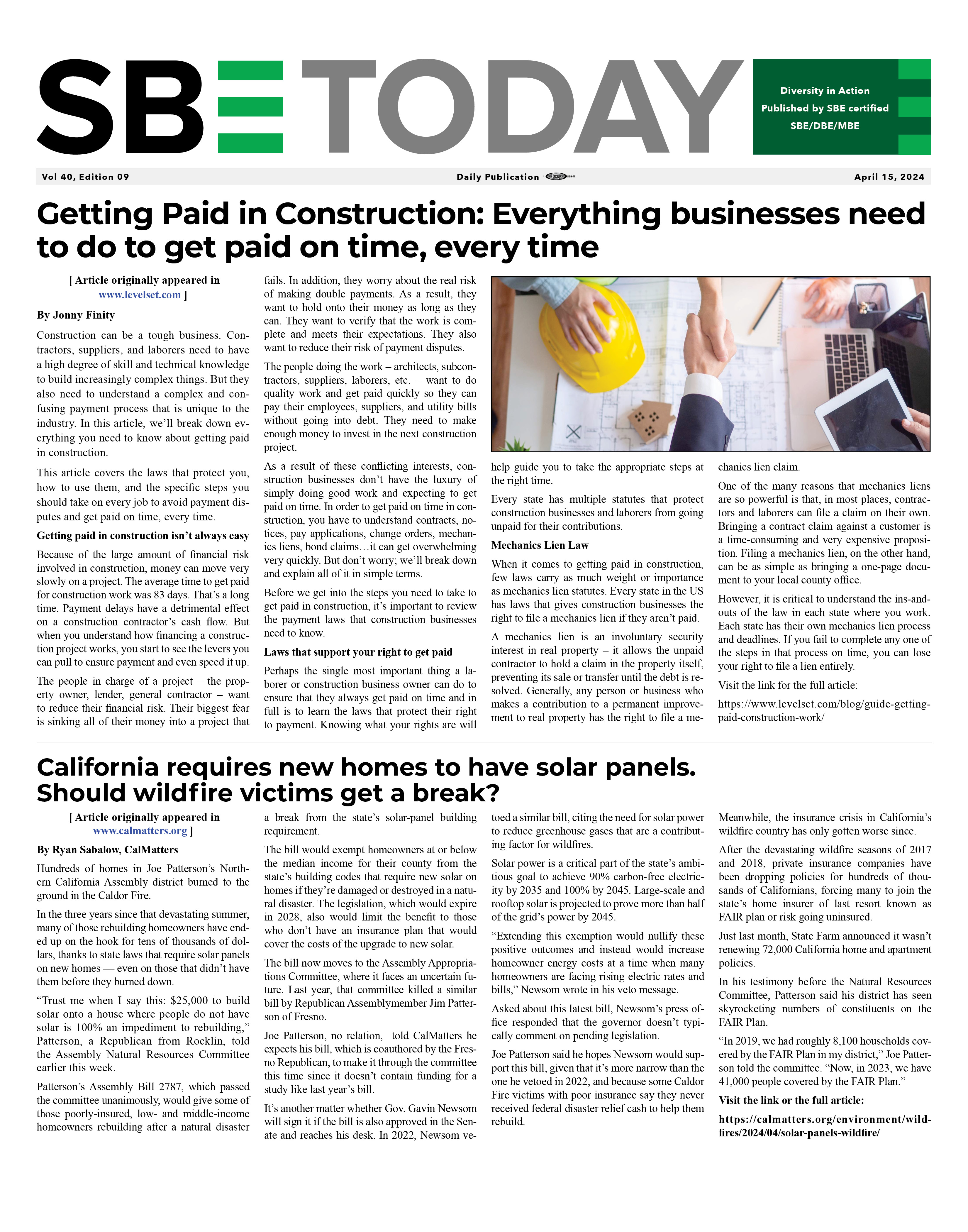|
|
EPA Awards Grant to Stanford Student Team for Innovative Technology Projects
02/15/2021
[ Article was originally posted on www.epa.gov ]
The U.S. Environmental Protection Agency (EPA) has announced a Stanford University student research team as a recipient of its People, Prosperity and the Planet (P3) grant program, alongside 31 other student teams from across the country. The P3 program is a two-phase research grants program that helps support the next generation of scientists and engineers working to tackle some of today’s most pressing environmental issues. “We want to congratulate the Stanford team on its innovative development and design of a project that addresses a pressing water quality challenge,” said Acting EPA Pacific Southwest Regional Administrator Deborah Jordan. “EPA is proud to support the next generation of environmental leaders, including those working on issues critical to California’s future.” As a Phase I P3 winner, the Stanford team will receive funding to develop and demonstrate its Electro-Assisted Wastewater Nutrient Recovery unit. The project aims to create a cost-effective, self-contained unit that targets and captures nitrogen and phosphorous from wastewater and converts them for use in pure fertilizer with little chemical or energy input. Currently, up to 80 percent of wastewater is discharged without treatment. Capturing the flow stops a common source of toxic algal blooms from polluting water sources, and also provides a reliable and efficient supply of nutrients essential for agricultural fertilizer production. “We are thrilled to benefit from EPA support in our efforts to close the nitrogen and phosphorus cycles by transforming wastewater into new commodities. We focus on combining adsorption and electrochemistry to achieve the best of both techniques: low energy, low cost and low environmental impacts,” said Will Tarpeh, an assistant professor of Chemical Engineering at Stanford and faculty lead for the team. “Along the way we look forward to engaging students, community members and the broader public in our efforts to reduce the effects of nitrogen and phosphorus discharges to the environment.” Tarpeh and an interdisciplinary team of Stanford students will be working with the William and Cloy Codiga Resource Recovery Center – a wastewater treatment plant at Stanford – to install and operate the pilot reactors for the project. Anna Kogler (PhD student, civil and environmental engineering), Hang Dong (postdoctoral fellow, Tarpeh Lab), Brandon Clark (PhD student, chemical engineering) and Will Chow (undergraduate, chemistry) lead the charge with Tarpeh. Alongside Stanford, this year’s P3 Phase I winners are addressing a variety of research topics including efforts to reduce microplastics waste and food waste, creating innovative and solar-driven nanomaterials, building a stand-alone water treatment system that can provide potable water in homes, and removing PFAS from water using liquid extraction. To learn more about Stanford’s project, visit: https://cfpub.epa.gov/ncer_abstracts/index.cfm/fuseaction/display.abstractDetail/abstract/11129/report/0 . To learn more about all the P3 Phase I winners across the U.S., visit: https://cfpub.epa.gov/ncer_abstracts/index.cfm/fuseaction/recipients.display/rfa_id/655/records_per_page/ALL For more information on the P3 Program, visit: https://www.epa.gov/P3 Learn more about EPA’s Pacific Southwest Region. Connect with us on Facebook and on Twitter. Back To News |
|




